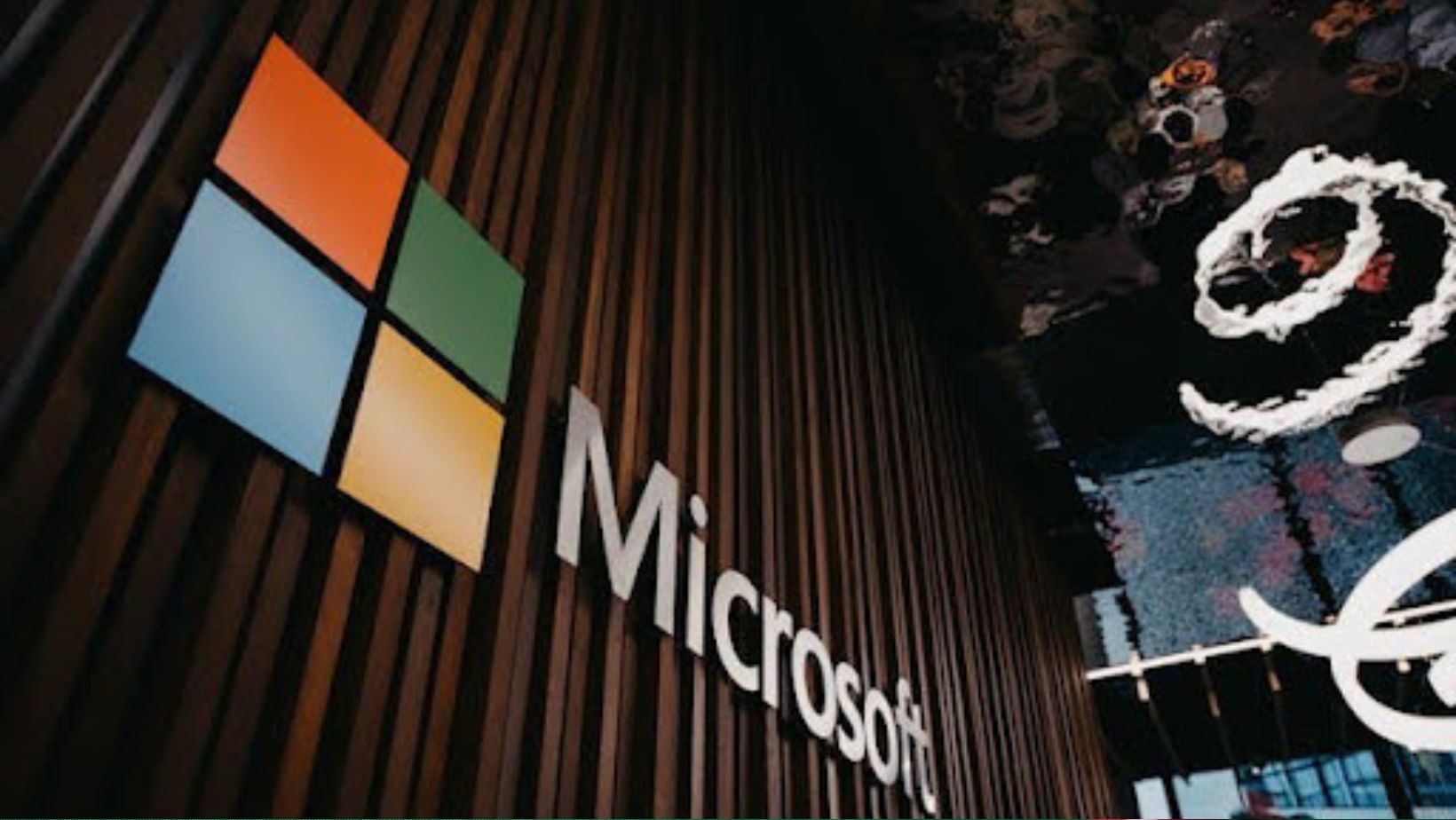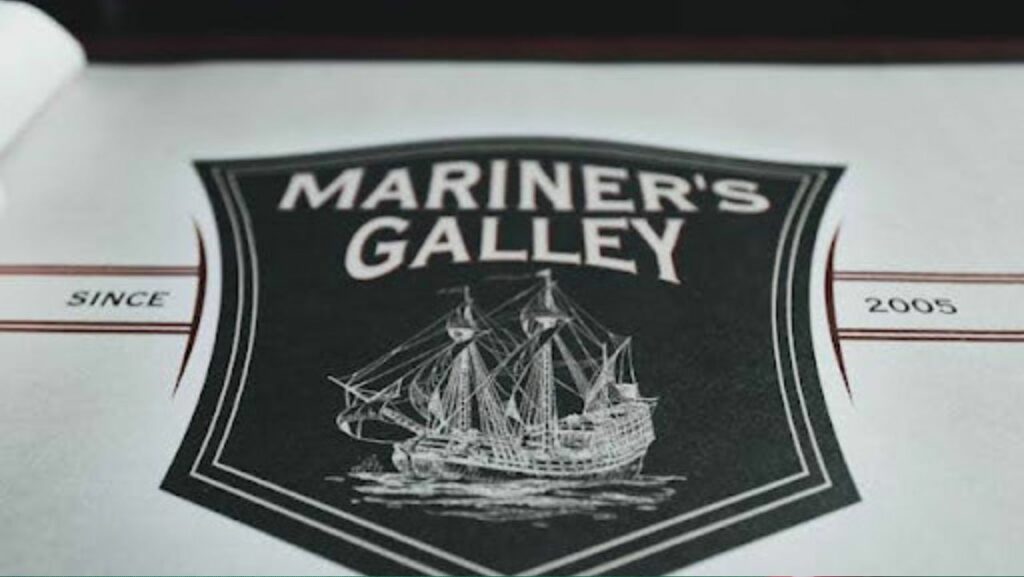Logos are more than just pictures adorning your business card or website—they’re the face of your brand. Think of some iconic logos; they instantly recall the brand they represent, not just visually but emotionally. Designing your logo isn’t just about having a unique image; it’s about crafting an identity that captures the essence of your brand and speaks directly to your target audience. Why not take the wheel yourself? When you design your logo, you embed your brand’s values and vision directly into the image representing you everywhere. This guide will empower you with the steps to create a logo and forge an emblem that truly resonates with your brand’s story.
Understand Your Brand
Before you even start sketching out potential logos, it’s crucial to dig deep into what your brand stands for. What are the values that anchor your brand? Who are you trying to reach? And what story are you trying to tell? Your logo is a visual summation of your brand, and every element, from color to shape, should align with these foundational aspects. According to the HubSpot Blog, aligning your logo with your brand’s values and target audience is essential for creating a meaningful design that resonates. Your logo should reflect whether your brand is all about eco-friendliness, cutting-edge technology, or timeless elegance. So, take the time to reflect on what makes your brand unique and how you want it to be perceived. This isn’t just about aesthetics; it’s about connecting with every person who sees your logo.
Gather Inspiration
Where do you begin to gather the sparks that will ignite your logo design? Start broad and then narrow down. Explore logo repositories like Logopond or Dribbble, where thousands of designs can flow your creative juices. But don’t stop there—look at what your competitors are doing. What elements of their logos stand out? Shopify suggests that observing competitor logos can help you understand industry trends and determine how to differentiate your brand.

Additionally, hop onto social media platforms like Instagram and search through design hashtags. This will show you current trends and popular styles and expose you to the vast creativity of the design community. Keep an open mind; inspiration can come from unexpected places. So, gather diverse ideas and start imagining how they might adapt to your brand’s unique narrative.
Sketch Preliminary Concepts
Grab some paper and a pencil—it’s time to sketch. This initial drawing phase is not about perfection; it’s about pouring your ideas onto paper in a free-form way. Focus on simplicity and originality. According to the HubSpot Blog and Creative Market, sketching by hand is unparalleled because it allows you to experiment quickly and freely without the constraints of software tools. Sketch various ideas; play with different shapes, symbols, and fonts. Remember, your first few sketches aren’t meant to be final products. They are exploratory steps that let you see what works and doesn’t. Create multiple sketches, as each revision will bring you closer to that ideal logo that feels unique and true to your brand’s identity.
Choose a Logo Style
When deciding on the style of your logo, consider what would best represent your brand’s personality and the industry you’re in. Elementor highlights several popular logo styles that you can choose from:
- Monogram logos (or letter marks) are logos of initials, perfect for streamlining long company names.
- Wordmarks are straightforward, using your company name as the logo but styled in a unique font.
- Pictorial marks are icon-based logos that instantly recognizable symbols of your brand (think Apple’s apple or Twitter’s bird).
- Combination marks blend icons with text, allowing you to use them together or separately.
Select a style that aligns with your brand’s identity and will appeal to your target audience. Each type has its strengths, so choose the one that communicates your brand values most effectively and can stand out in your industry.
Refine Your Design
Once your sketches are ready, it’s time to bring them into the digital world. Use design software like Adobe Illustrator or free tools like Canva to start crafting your logo in a scalable format. If you prefer to design your own logo with a variety of custom templates and intuitive design tools, Adobe Express is a great choice.

According to the HubSpot Blog, this stage is about refining your design by considering key elements such as composition, balance, and alignment. These principles ensure that your logo looks professional and has a strong visual impact. In this phase, play around with different configurations of your logo elements. See how minor spacing, size, or even color adjustments can make a significant difference.
Remember, the goal is to evolve your sketches into a polished logo that perfectly embodies your brand and captures your audience’s attention.
Color and Typography
Choosing the right colors and fonts is crucial for your logo as they play a significant role in brand recognition and perception. GraphicSprings emphasizes the psychological impact of colors; for instance, blue can evoke trust and dependability, while red might trigger excitement. When selecting typography, consider fonts that enhance legibility while reflecting your brand’s personality.
Whether a strong, bold font for a dynamic brand or a more elegant script for a luxury brand, the right typography complements your logo’s overall aesthetic. Ensure the colors and fonts you choose to align with your brand’s identity and are versatile across various applications.
Test and Refine
Before finalizing your logo, seeing how it resonates with others is important. Present your design to stakeholders, colleagues, or a sample of your target audience. According to And Academy, gathering feedback is invaluable as it may reveal insights you hadn’t considered. Use this feedback to refine your logo, adjusting elements that may not be as effective as you thought. Testing isn’t about seeking approval for every aspect but confirming that your logo effectively communicates your brand’s message and appeals to your intended audience. This is particularly important for the PR box services.
Finalize and Launch
Now it’s time to prepare your logo for the world. Ensure your final design is versatile enough to look great on digital platforms, print materials, and merchandise. Consider the different file types and resolutions needed for each application—vector files like SVGs and PDFs are perfect for scaling on banners or billboards without losing quality. In contrast, PNGs and JPEGs are ideal for web use. Ensure your logo functions across various contexts and ensures consistent brand identity wherever it appears.
Conclusion
Designing a logo transforms a vision into a visual identity that speaks volumes about your brand. Each step is crucial, from understanding your brand’s core to selecting the right design elements and refining them based on feedback. With your new logo ready, launching it into the world is time. Let it be the cornerstone of your brand’s visual identity, enhancing visibility and making a memorable connection with your audience.


More Stories
Most Immersive Online Casino Games You Can Play Today
How Artificial Intelligence Is Becoming Part Of Everyday Life
Tech Expert Reveals UK Households Sitting on £500 Worth of Unused Smartphones